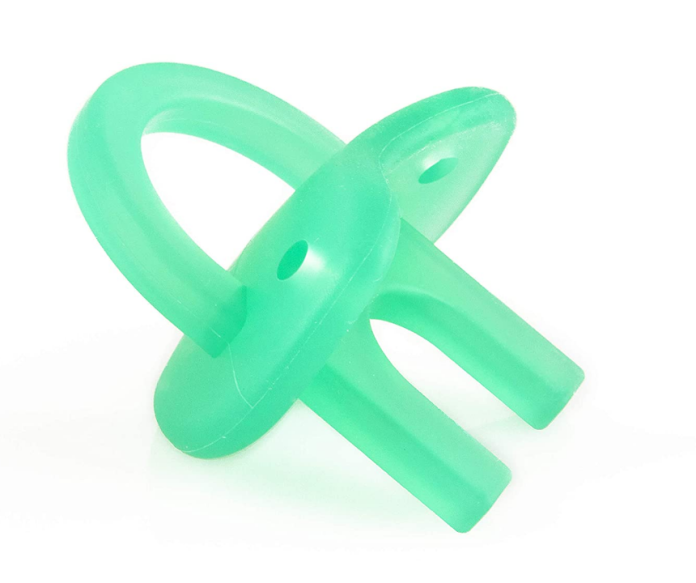Silicone teether feeders have become a go-to for parents introducing solid foods to their babies. Not only do they help in transitioning to solids, but they also offer relief during teething. However, ensuring the cleanliness and maintenance of these feeders is crucial for your baby’s health and the longevity of the product.
Why Silicone Teether Feeders Need Proper Cleaning
Silicone teether feeders are prone to residue buildup from food particles, saliva, and milk, which can lead to bacterial growth if not cleaned regularly. Ensuring their cleanliness is essential to prevent any potential health risks for your little one.
Cleaning Steps for Your Silicone Teether Feeder
- Disassemble the Feeder: Start by disassembling the feeder as per the manufacturer’s instructions. Separate the silicone sac, cap, and any other detachable parts.
- Rinse Immediately: After each use, rinse the silicone sac and other components under warm running water. This helps remove any food particles and prevents them from hardening.
- Use Mild Soap: Use a mild dish soap or baby-friendly cleanser to wash the silicone parts thoroughly. Gently scrub with a soft-bristled brush or your hands to ensure all residues are removed.
- Sanitize Regularly: To sterilize the feeder, boil the disassembled parts in water for a few minutes. Alternatively, use a sterilizer specifically designed for baby products. This process helps eliminate germs and bacteria.
- Air Dry Completely: After washing and sterilizing, let the parts air dry completely. Ensure there’s no moisture left before reassembling the feeder.
- Inspect Regularly: Periodically inspect the feeder for any signs of wear, tear, or damage. If you notice any issues, such as cracks or tears in the silicone, replace the affected parts immediately.
Maintaining Your Silicone Teether Feeder
- Storage: Store the silicone teether feeder in a clean, dry place when not in use. Avoid keeping it in direct sunlight or extreme temperatures, as this can degrade the silicone material.
- Replace When Needed: Silicone teether feeders have a lifespan. Replace them as recommended by the manufacturer or when you notice signs of wear and tear that compromise its integrity.
- Avoid Harsh Chemicals: Refrain from using harsh chemicals, bleach, or abrasive cleaners on the feeder as they can damage the silicone material and pose a risk to your baby’s health.
- Regular Inspections: Periodically check the feeder for any signs of mold, discoloration, or unusual smells. If you notice any, replace the affected parts immediately.
Ensuring proper cleaning and maintenance of your silicone teether feeder is essential for your baby’s health and safety. By following these steps, you can keep the feeder in top condition, providing a safe and enjoyable feeding experience for your little one.
Remember, a well-maintained silicone teether feeder not only keeps your baby safe but also ensures longevity, saving you from frequent replacements.








